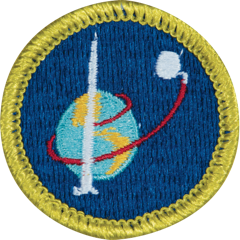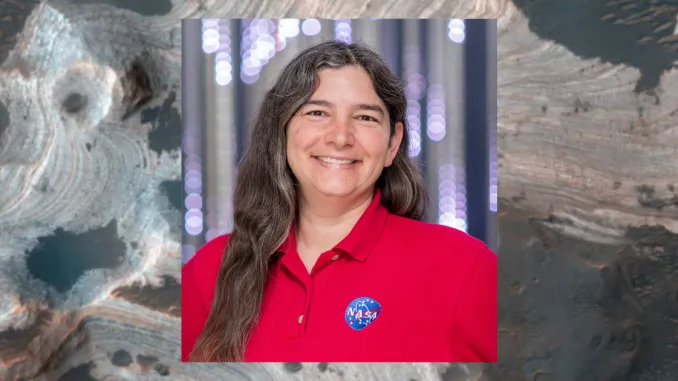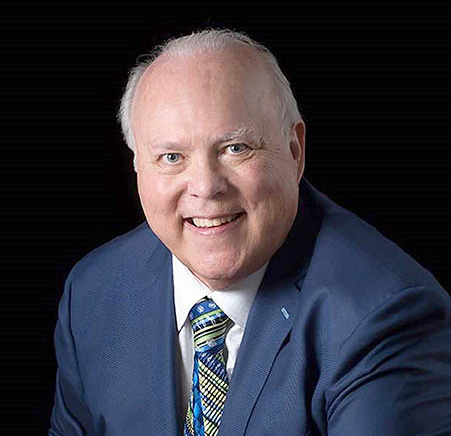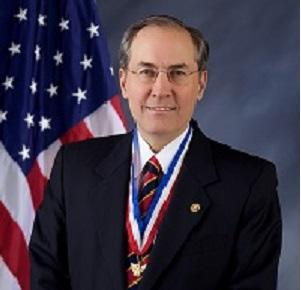
All new merit badges get introduced. Only one has gotten launched.
On June 3, 1965, two astronauts (both former Scouts) rocketed into space aboard NASA’s Gemini 4. They carried with them an extra special payload: a small round emblem representing the Space Exploration merit badge, which was then the BSA’s newest merit badge.
When astronaut Ed White took his walk into space — the first ever spacewalk by an American — that small circle of embroidered threads and khaki cloth was tucked into the pocket of his spacesuit.
“I think that Scouting teaches us to be independent, to rely on ourselves and to solve our problems in the best way as they come up,” White later told Scouting magazine. “The things they are learning will equip them to be good citizens, and that is really the big value in Scouting.”
The Space Exploration merit badge debuted during the height of the space race. In the 1960s, young people around the world were transfixed by the steady stream of out-of-this-world “firsts” achieved by American astronauts and Soviet cosmonauts.
The badge was developed in close cooperation with NASA, demonstrating how top experts “in science, industry, education and government are helping develop requirements for modern merit badges,” Scouting magazine wrote in its March 1966 issue. That trend continues today.
The launch of the Space Exploration merit badge could not have come at a better time. Just four years after its release came the biggest milestone in the space race: Eagle Scout Neil Armstrong’s 1969 walk on the moon.
At 56 years old, the merit badge remains popular among Scouts. With commercial space travel, return visits to the moon and manned trips to Mars on the horizon, the badge remains relevant, too.










